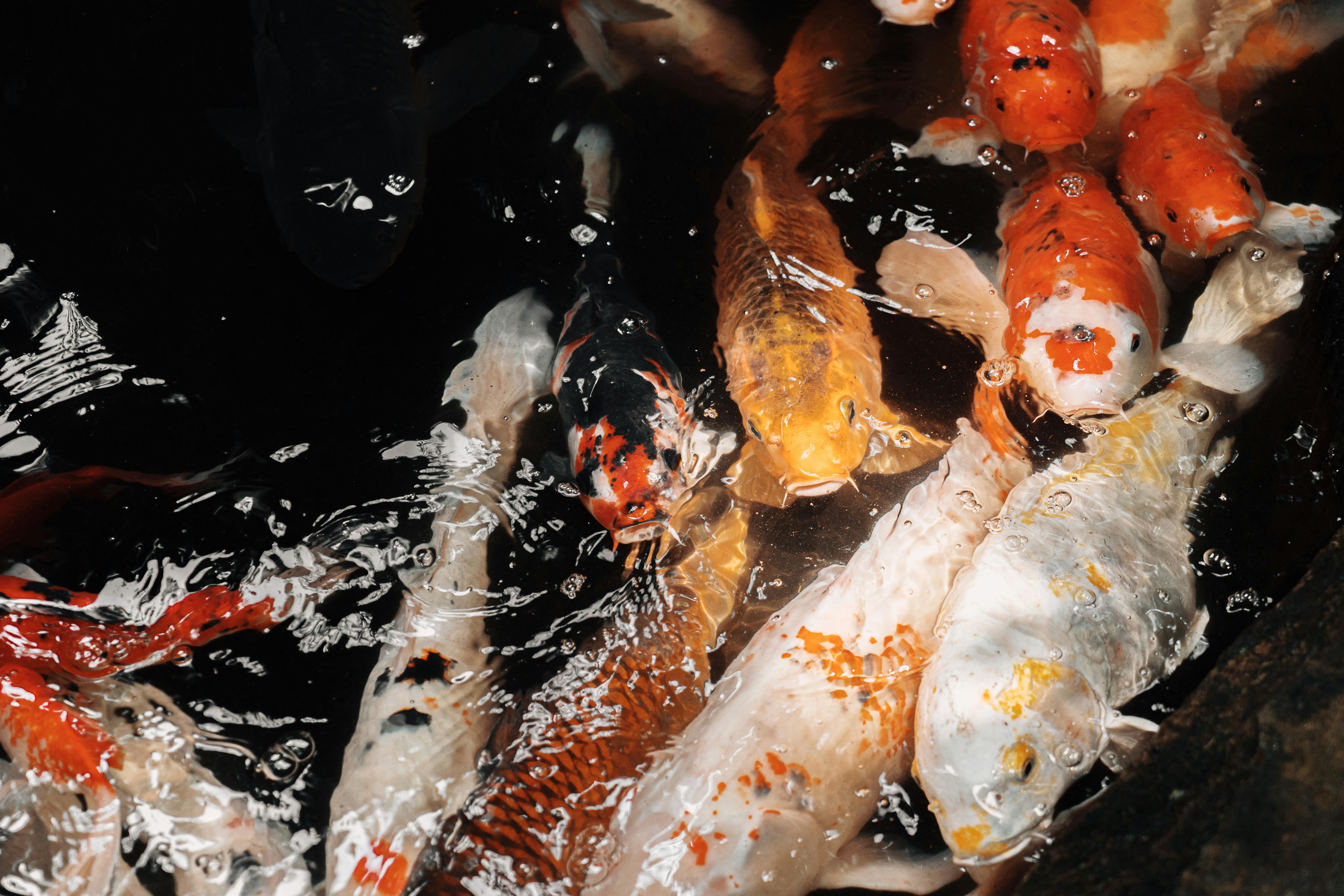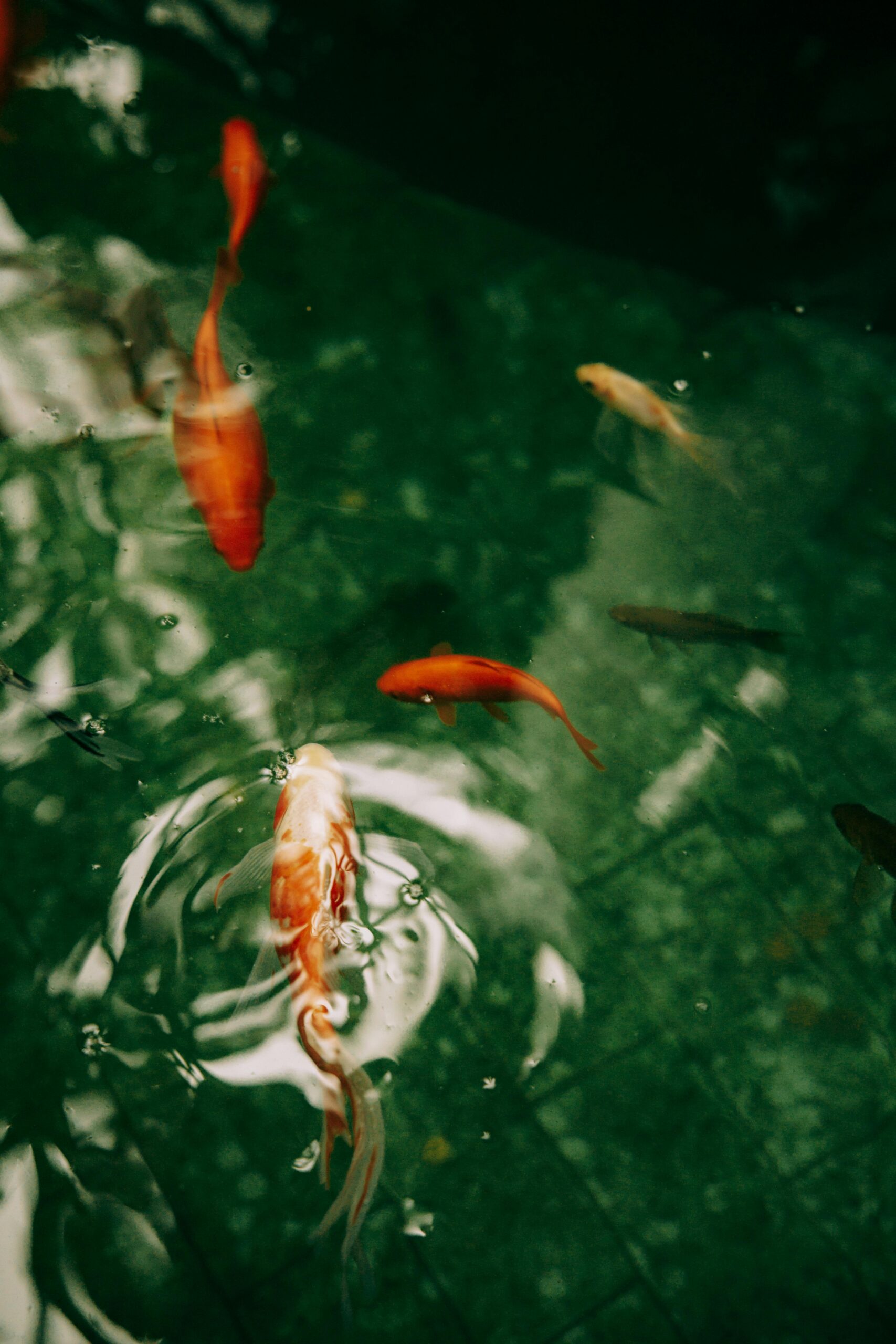Top 5 Effective Ways to Determine Koi Fish Cost in 2025
Koi fish have become increasingly popular among aquatic enthusiasts and hobbyists, leading to a vibrant market where understanding koi fish cost is essential for buyers. The aesthetic appeal, variety of colors, and unique behaviors of koi fish contribute to their value, making them a fascinating subject for both fish owners and aspiring buyers. Spotting how much koi fish are worth isn’t just about the price tag; it involves consideration of factors such as varieties, care requirements, breeding potential, and even market trends. In 2025, the koi fish market continues to evolve, and knowing how to navigate this landscape can greatly benefit both hobbyists and investors alike. This article will explore five effective ways to determine koi fish cost, helping you make informed purchase decisions.
In this guide, we will discuss:
- Understanding koi fish varieties and their pricing differences.
- Market dynamics and trends influencing koi fish cost.
- The importance of koi fish care and its impact on pricing.
- Insights on where to buy koi fish and their respective costs.
- Investment considerations when purchasing koi fish.
By the end of this article, you will have a comprehensive understanding of how to evaluate koi fish costs and make confident purchasing decisions.

Understanding Koi Fish Varieties and Their Pricing Differences
The first step in accurately determining koi fish cost is to understand the various koi fish varieties and how they are priced differently. Koi fish come in numerous types, each exhibiting unique patterns and colors that can significantly affect their value. High-grade koi, such as Kohaku, Sanke, and Showa, often command higher prices due to their beauty and market demand. Therefore, recognizing these specific varieties will help in assessing the price based on factors like pattern perfection, coloration, and body shape.
Popular Koi Fish Varieties
Some of the most coveted koi fish varieties include:
- Kohaku: White bodies with red markings, known for their elegance and simplicity.
- Sanke: Similar to Kohaku but features black markings, adding complexity to the appearance.
- Showa: A tri-colored variety with black, red, and white markings that creates a stunning visual appeal.
The demand for these varieties can drive prices higher, especially if the fish has been well-kept or bred from quality lineage. Therefore, it’s essential to assess the characteristics of the koi being evaluated before considering its cost.
Price Ranges for Each Variety
While koi fish cost can vary widely, it’s helpful to know general pricing for these popular types:
- Lower grade koi might range from $20 to $100.
- Mid-range koi are likely priced between $100 and $500, typically featuring better colors and markings.
- High-grade koi, especially those from renowned breeders, can fetch anywhere from $500 to thousands of dollars.
Understanding these price ranges in relation to koi fish varieties sets the stage for a more informed purchasing decision.
Market Dynamics and Trends Influencing Koi Fish Cost
The koi fish market is influenced by various dynamics and trends that impact the overall pricing structure. By understanding these factors, buyers can better gauge koi fish costs. Market trends can arise from seasonal demands, frequency of koi exhibitions, and changes in consumer behavior towards koi fish as a hobby.
Seasonal Demand for Koi Fish
When considering koi fish cost, it is vital to note that prices may fluctuate throughout the year. Spring and early summer are peak times when koi fish are most sought after, leading to higher prices. Conversely, during winter months, the demand may decline, causing prices to drop. Paying attention to seasonal shifts can provide insights on the best times to buy koi fish at more reasonable rates.
Impact of Koi Exhibitions and Competitions
Koi exhibitions have become increasingly popular, catalyzing the demand for high-quality koi fish. Events where koi fish are judged can raise awareness about specific varieties, pushing prices higher for those that judge well. Exposure at these shows can also elevate particular breeders’ reputations, which, in turn, can influence pricing for their stock.

The Importance of Koi Fish Care and Its Impact on Pricing
Merely understanding koi fish varieties and market dynamics will not suffice without considering the care associated with maintaining their health and beauty. The koi fish care expenses contribute to their overall cost, impacting what you can expect to pay for a healthy fish.
Routine Care and Maintenance Costs
Owning koi fish entails continuous care that includes filtration systems, appropriate feeding (koi fish food), and medication. The investment in these ongoing needs can vary significantly:
- Koi fish food and dietary supplements cost around $20 to $50 per month.
- Quality koi pond maintenance could range from $150 to $500 annually, covering filtration and equipment upkeep.
- Regular health check-ups and medications can add another $50 to $200 each year.
When considering the overall cost of acquiring koi fish, it’s crucial to factor these maintenance costs into the equation.
Health Indicators That Affect Koi Pricing
Healthy koi fish command higher prices. Prospective buyers should be vigilant about koi fish health indicators such as coloring, body structure, and activity levels. A healthy fish is likely to exhibit vibrant colors and an active demeanor, while sickly fish will show signs of discoloration, lethargy, or unusual behavior.
Insights on Where to Buy Koi Fish and Their Respective Costs
When contemplating koi fish purchases, knowing where to buy koi fish is equally important to understanding their pricing. Various sources yield different pricing due to factors like geographical location, seller reputation, and stock quality.
Buying from Koi Fish Dealers vs. Auctions
Purchasing koi fish directly from reputable koi fish dealers may ensure quality but can also come with higher prices. On the other hand, koi fish auctions can offer potential deals, particularly for those knowledgeable about the bidding process. Understanding the quality and potential cost differences in these buying avenues is critical for savvy purchasing.
Online Koi Fish Stores: Pros and Cons
With the rise of e-commerce, numerous online koi fish stores have emerged. While they often provide competitive prices and delivery conveniences, buyers should ensure they are sourcing from established sellers to avoid issues related to fish quality or transportation stress. Always check online reviews and seller ratings before making a purchase.
Investment Considerations When Purchasing Koi Fish
Lastly, understanding koi fish investments can significantly impact your overall expenditure. Koi fish can not only yield aesthetic joy but can also appreciate in value given the right care and breeding environment. This section will delve into the different investment aspects associated with koi fish ownership.
Evaluating Koi Fish as Investments
For enthusiasts and collectors, koi fish can be more than just pets; they can become valuable living assets. With proper care, certain varieties can significantly increase in value over time, especially if they are from award-winning lines. Understanding the potential return on investment is crucial for those considering koi fish from a financial perspective.
Risks and Considerations in Koi Investments
Like any market, investing in koi fish also comes with risks. Factors such as sudden market fluctuations, health issues, and environmental impacts can affect their value. Prospective buyers should enter the market with comprehensive knowledge regarding koi species, market dynamics, and potential breeding outcomes.
Final Thoughts on Koi Fish Economics
Understanding koi fish economics can provide prospective buyers insights into making informed decisions about their purchases. Keeping these factors in mind while evaluating koi fish cost will lead to a more rewarding ownership experience.
Q&A Section
What defines the price of koi fish?
The price of koi fish is determined by several factors such as the variety, quality, health status, and market demand. High-quality koi fish, particularly those with recognized lineage, typically have a higher price tag.
How can I find healthy koi fish for sale?
To find healthy koi fish, look for reputable dealers or breeders who uphold standards of care. Asking for health certifications can also ensure you’re purchasing a healthy fish.
Are koi fish a good investment?
Koi fish can indeed be a good investment if you are knowledgeable about the market and care requirements. With some varieties gaining value over time, they can be profitable in the right conditions.
What are some common costs associated with caring for koi fish?
Common costs include purchasing koi fish food, maintaining water quality through filtration and aeration systems, as well as health care expenses for medications or veterinary checks.
Can koi fish be kept in tanks?
While koi fish can be kept in tanks, they thrive better in ponds with ample space for swimming and proper filtration systems. Ensure the tank environment mimics their natural habitat for optimal health.
